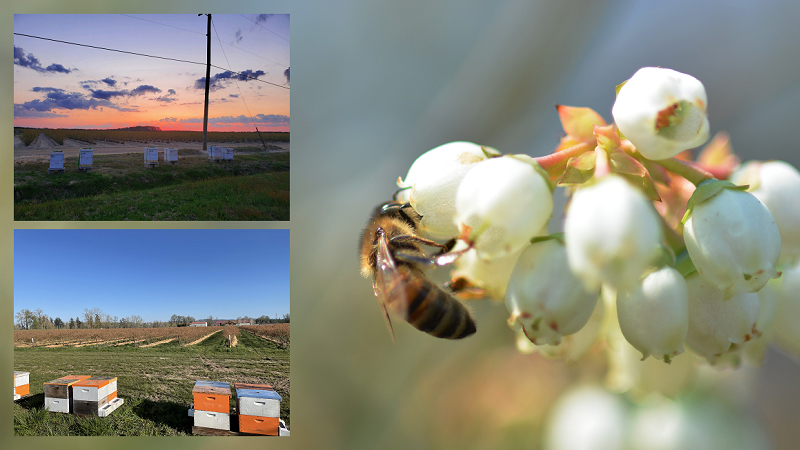Water Quality Win Streak Continues For South Florida Farmers
In a year that saw South Florida get drenched by the wettest January since recordkeeping began in 1932, the region’s farmers rose to the occasion to help ensure water flowing in the Everglades Agricultural Area (EAA) met phosphorus reductions required by law.
According to a report from the South Florida Water Management District (SFWMD), continued use of best management practices (BMPs) helped produce a 27% phosphorus reduction in the 470,000-acre EAA farming region south of Lake Okeechobee for the Water Year 2016 monitoring period (May 1, 2015 – April 30, 2016).
Florida’s Everglades Forever Act, which was passed in 1994, requires the amount of phosphorus leaving the EAA must be 25% less than before reduction efforts began. For more than two decades straight, records show EAA farmers have gone above and beyond the required water quality standards set forth by the Florida Department of Environmental Protection.
For Water Year 2015, EAA farmers produced a 79% phosphorus reduction. This year’s ramped-up rainfall events put a big dent into what had been a 56% average annual reduction during the program’s 20-year compliance history.
“Meeting and even going beyond the required reduction in phosphorus despite unprecedented rainfall is an astounding accomplishment by the EAA agricultural community,” said SFWMD Governing Board member Melanie Peterson.
For comparison’s sake, average January rainfall is about two inches across the District. January 2016 saw:
- More than 9 inches of rain fell Districtwide.
- January 27 was the wettest dry-season day in 25 years.
- November through January, the first half of the dry season, was the wettest for this period since record keeping began in 1932.
Examples of BMPs include refined stormwater management practices, on-farm erosion controls, and more precise fertilizer application methods.









